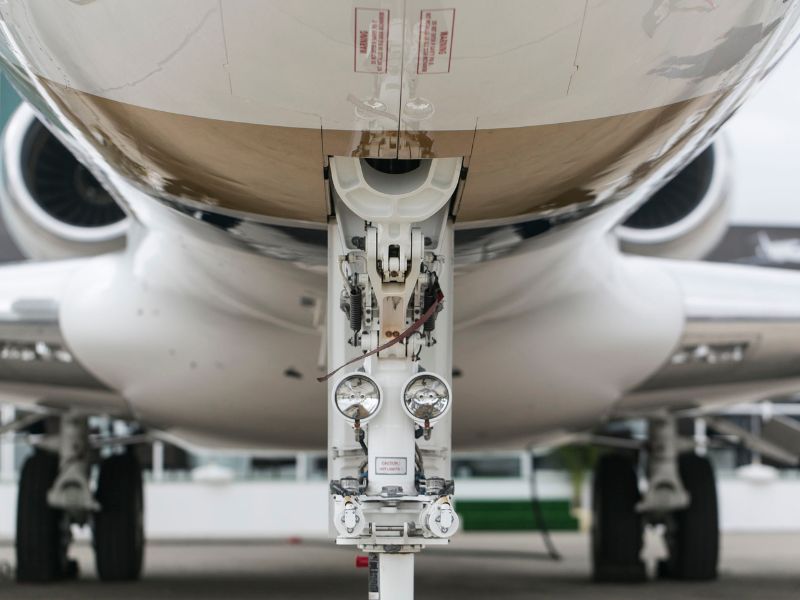
Interview – Elise JANICOT – Export Sales Administrator
I/ Can you introduce yourself and tell us more about your background? What are the qualities required to carry out your activity? I’ve worked for

While countless sectors are tending to see more and more ecologically-minded players, it seems difficult for the aeronautics industry to keep pace. Indeed, the aviation sector involves large-scale machines, renowned for their carbon footprint. Yet new technologies could help reduce this footprint.
Aeronautics has a reputation as a polluting sector. Yet greenhouse gas emissions in this sector are much lower than we tend to imagine. In 2018, the aeronautics sector accounted for just 2.6% of global emissions. A figure well below the average person’s estimate.
Although smaller than we think, the aviation sector’s carbon footprint does exist, and being able to reduce it would be just one more step in favor of global ecology.
The energy transition in the aviation sector is possible thanks to a number of new techniques and technologies, some of which have already been implemented at several airports. In addition, aeronautical equipment manufacturers are working hard to produce less polluting jet engines.
Replacing fuel-powered equipment such as aerial work platforms with electric motors is a first step. Diesel is notorious for its greenhouse gas emissions. Switching to electric power would be a major step forward in the airport industry’s energy transition.
The use of solar panels to power certain equipment is also an idea in the same direction, allowing almost perfect operating autonomy. You can find electrically powered GSE equipment at SOVAM. Our equipment is premium quality and Made In France.
Retrofitting obsolete or ageing systems is a way of upcycling in aeronautics as elsewhere. Rather than buying new GSE equipment, which generally has a considerable carbon footprint, and avoiding pollution by scrapping obsolete equipment, upcycling and retrofitting can be an interesting alternative.
The idea is to renovate an existing vehicle and switch from a combustion engine (diesel) to an electric motor, and to start afresh for 20 years with a reconditioned product that complies with new standards, all for 60% of the new price.

I/ Can you introduce yourself and tell us more about your background? What are the qualities required to carry out your activity? I’ve worked for

In aviation, people with reduced mobility are entitled to assistance with their transport. The aim of this assistance is to provide them with the means
SOVAM, manufacturer of airport equipment in the world, with civil and military ranges. We offer you quality products made in France.
Phone : +33 05 49 95 14 44
Address : 3 route de la Bressandière, 79200 Châtillon-sur-Thouet, France
Opening hours : Monday-Thursday : 8h-12h30 & 13h30-17h – Friday : 8h-12h
Our social medias :